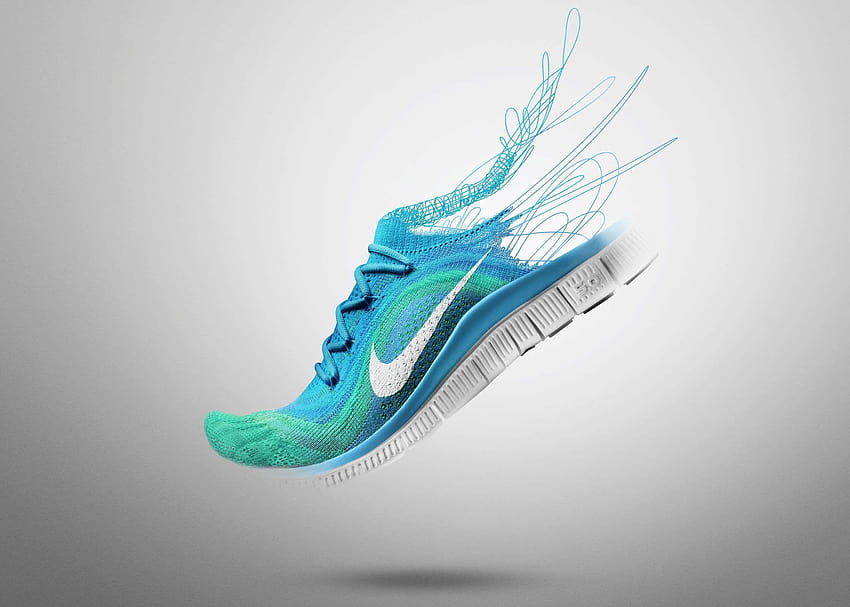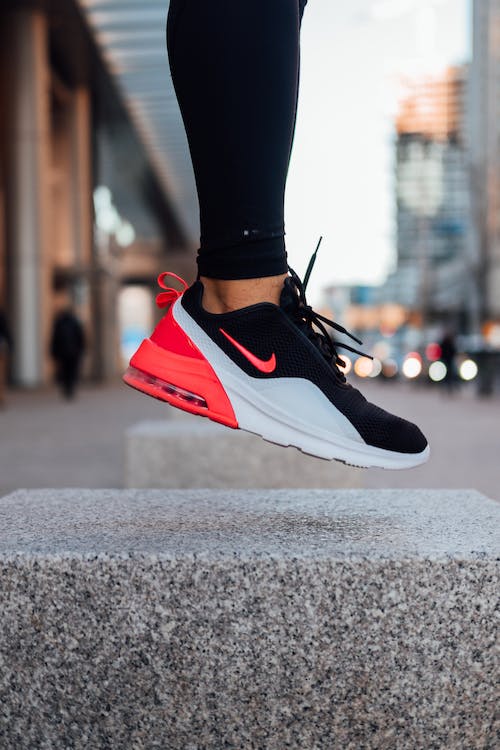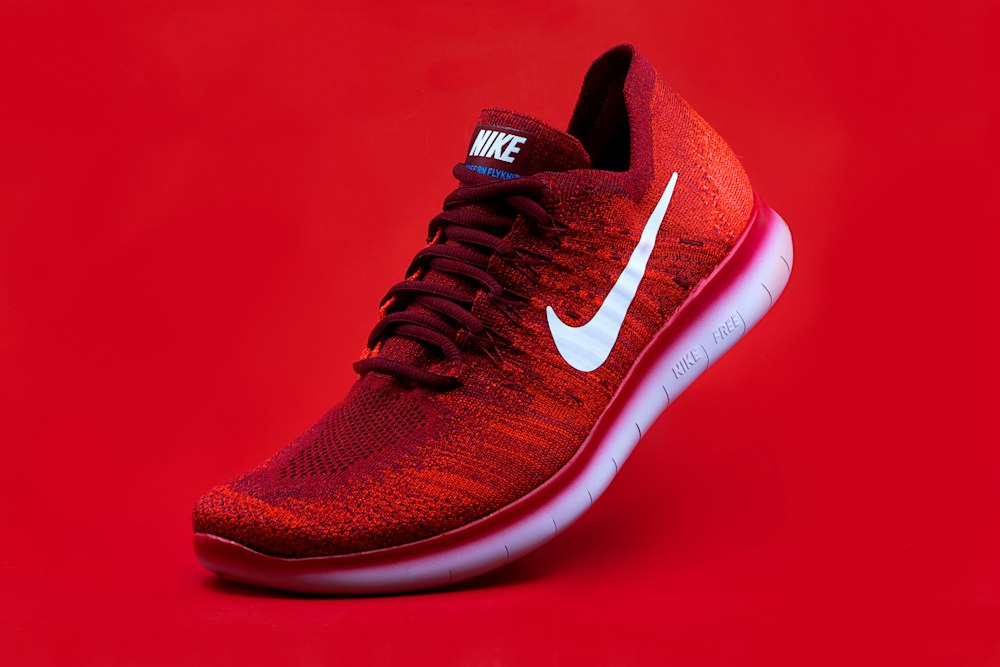Quarter-round molding and shoe molding are two types of trim moldings that are commonly used in construction projects. While they may look similar, they have distinct differences in terms of their size, shape, and usage. In this Post, we will explore the differences between the quarter-round molding and shoe molding, and their respective applications.
Quarter-Round Molding
Quarter-round molding is a small, circular molding that is typically 1/4 inch in diameter. It is often used to cover gaps between flooring and baseboards or to soften the edge of a corner. The molding is cut to a 90-degree angle and installed with the rounded edge facing outwards. This gives it a smooth, rounded appearance that blends well with the surrounding materials.
Quarter-round molding is typically made from wood or synthetic materials, such as vinyl or PVC. Wood quarter-round molding can be stained or painted to match the color of the flooring or baseboard, while synthetic materials often come pre-finished in a range of colors.
One of the advantages of quarter-round molding is its ability to cover gaps between flooring and baseboards that may result from uneven flooring or walls. It can also be used to conceal expansion gaps in floating floors, which are necessary to allow for movement and prevent buckling. Additionally, quarter-round molding can help to protect the baseboard from damage caused by foot traffic or furniture.

Shoe Molding
Shoe molding, also known as a base shoe or carpet shoe, is a small, rectangular molding that is typically 3/4 inch in height and 1/2 inch in thickness. It is installed at the base of the baseboard and is used to cover any gaps between the baseboard and the flooring. Unlike quarter-round molding, shoe molding is installed with the flat side facing the floor and the angled side facing the baseboard.
Shoe molding is also commonly made from wood or synthetic materials. It is often used in conjunction with baseboards to provide a finished look and to protect the edges of the baseboard from damage. It can also be used to transition between different types of flooring, such as from hardwood to carpet.
One of the advantages of shoe molding is its ability to cover larger gaps between the baseboard and flooring than quarter-round molding. It also provides a more substantial and decorative look than quarter-round molding. Additionally, shoe molding can be used to hide wires or cables that may be running along the baseboard.

Which One Should You Use? Factors to Consider!
1. Size
When deciding between the quarter-round molding and shoe molding, it is important to consider the size of the gap between the baseboard and flooring, as well as the overall aesthetic you are trying to achieve. If the gap is small and you want a minimalistic look, quarter-round molding may be the better choice. If you want a more substantial look and need to cover a larger gap, shoe molding may be the better option.
2. Type of Flooring
In addition to size, it is also important to consider the type of flooring you are working with. For example, if you have carpet, shoe molding may be the better choice as it provides a smooth transition between the carpet and the baseboard. If you have hardwood flooring, both quarter-round molding and shoe molding can be used, but shoe molding may provide a more decorative and finished look.
Materials Used In Quarter-Round Molding and Shoe Molding
Quarter-round molding and shoe molding are both types of trim used to cover gaps between baseboards and flooring or walls. They are typically made from wood, but can also be made from other materials such as PVC, MDF, or even metal.
Here are some common materials used for quarter-round molding and shoe molding:
- Wood: Quarter round and shoe molding made from wood are popular for its natural appearance and durability. Common types of wood used for molding include oak, pine, maple, and poplar.
- PVC: PVC (polyvinyl chloride) molding is a popular alternative to wood because it is lightweight, easy to work with, and resistant to moisture and rot. It also comes in a variety of colors and finishes.
- MDF: MDF (medium-density fiberboard) is a wood-based product that is made from wood fibres and resin. It is a cost-effective option for molding because it is easy to paint and has a smooth finish.
- Metal: Metal quarter round and shoe molding are less common but can add a unique, modern look to a space. They are typically made from aluminum or stainless steel and are available in a variety of finishes.

Ultimately, the choice of material will depend on your personal preference, budget, and the specific requirements of your project.
FAQs
Can I glue Quarter-Round Molding?
Yes, quarter round molding can be glued in place using a variety of adhesives depending on the material of the molding and the surface it is being attached to.
Is it easy to install Shoe Molding?
The difficulty level of installing shoe molding can vary depending on your level of experience with carpentry and woodworking. However, for most people with some basic DIY skills, installing shoe molding is relatively easy and can be accomplished with a few simple tools
Should you paint Quarter-Round Molding before installation?
It is generally recommended to paint quarter round molding before installing it. Painting the molding beforehand allows you to paint it more easily and thoroughly, including the hard-to-reach areas that will be difficult to access after installation. Additionally, painting the molding before installation can help prevent drips and smudges on nearby surfaces.
What is the other name for Shoe Molding and Quarter-Round Molding?
Shoe molding and quarter round molding are also known as “trim molding” or “floor molding”. They are both types of molding used to cover gaps between the floor and baseboards, as well as to provide a finished look to the edges of floors and walls.
Final Say
In conclusion, quarter-round molding and shoe molding are two types of trim moldings that are commonly used in construction projects. While they may look similar, they have distinct differences in terms of their size, shape, and usage. When deciding between the two, it is important to consider the size of the gap, the type of flooring, and the overall aesthetic you are trying to achieve.



No comment yet, add your voice below!